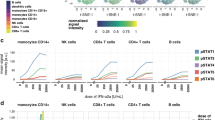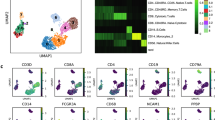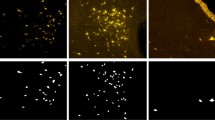Abstract
IT is often necessary in clinical work to determine the relative abundance of two or more species of cells. Examples are counts of the percentage of atypical cells, such as reticulocytes, siderocytes or punctate basophilia, in the blood erythrocytes. In these cases the required result, F, is a fraction. If P and Q are the numbers counted of the two types of cell, F = P/(P + Q). In other estimations, such as the ‘platelet ratio', or the proportion of mega-karyocytes to nucleated white cells in a marrow smear, the required result is a ratio, R = P/Q. F cannot exceed unity, while R may have any numerical value.
This is a preview of subscription content, access via your institution
Access options
Subscribe to this journal
Receive 51 print issues and online access
$199.00 per year
only $3.90 per issue
Buy this article
- Purchase on SpringerLink
- Instant access to full article PDF
Prices may be subject to local taxes which are calculated during checkout
Similar content being viewed by others
Author information
Authors and Affiliations
Rights and permissions
About this article
Cite this article
WOOLF, B. Economy in Cell Counts. Nature 161, 361 (1948). https://doi.org/10.1038/161361a0
Issue date:
DOI: https://doi.org/10.1038/161361a0



